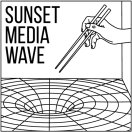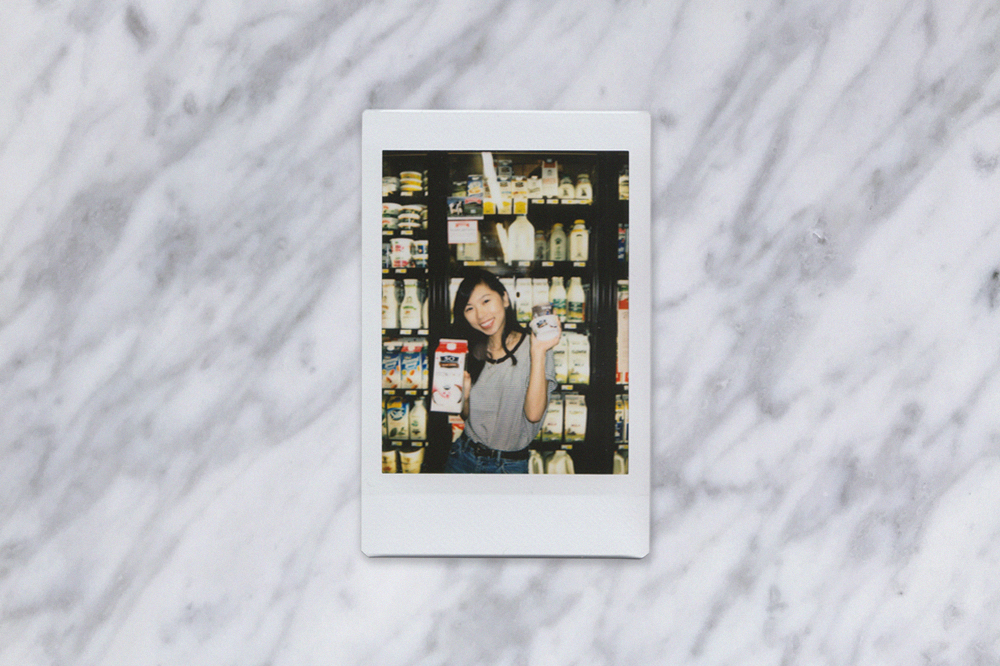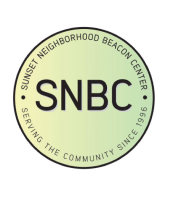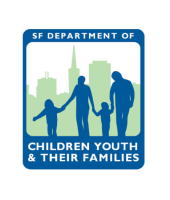Vegetarianism: Vegetarianism is a diet that excludes meat (including fish), but still includes animal bi-products.
Veganism: a philosophy and compassionate lifestyle whose adherents seek to exclude the use of animals for food, clothing, or any other purpose. Vegans endeavor not to use or consume animal products of any kind. Some vegetarians do incorporate vegan philosophies, like avoiding animal testing and leather. However, it is not intrinsic to vegetarianism.
Before I went vegan, I was vegetarian. This was back in 2013, and I was still a freshman in high school. It was a new beginning for me in many ways, and I was loving it because I thought I was making the most difference I could make — but I was wrong. I thought my new diet was the best choice I’ve ever made, and I wasn’t necessarily wrong. It was just that there was more I could do and I didn’t realize it. This post isn’t to discourage anyone from adopting a vegetarian diet like I did for it’s a great stepping stone into veganism. Most vegans actually start out as vegetarian, and I’d recommend it to anyone who’s trying to live a more ethical lifestyle.
When I was 13, I knew about the cruelty involved in meat and I took a stand against it. My friends would ask me questions as to why I’d refuse a steak or bacon, and I could knowledgeably tell them why. But I still felt like there was much more to learn.
Over the years, I’ve learned a lot about veganism, so let me share with you why vegetarianism just isn’t enough. (Though I wish it was.) What separates a vegetarian from a vegan is how we feel about animal bi-products. But for the sake of digestibility, today I’m just going to speak about the most common animal bi-products vegetarians eat.
Eggs
Firstly, I think it’s important to understand what the terms “cage-free” and “free-range” mean because the animal industry is very deceiving. Unfortunately cage-free means just that and nothing more. They’re crammed in a dark shed, with clipped wings and beaks (without anesthesia), and with little to no sunlight. The term free range only means that the birds have the opportunity to go outside. The term is not subject to any regulations on the amount of time spent outdoors, the quality or size of the outdoor area, or the number of birds confined together. In reality, most “free range” hens never make it outside until the day they are sent to the slaughterhouse.
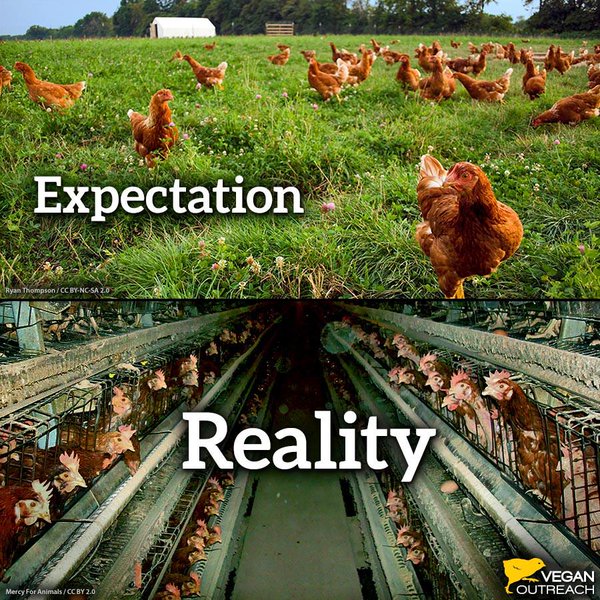
Hens have arguably the worst treatment in the animal agriculture industry. Having spent their entire lives in extremely confined spaces, they have no choice of to urinate and defecate on each other. I mean, heck, Prop 2 was a proposition that aims to give animals room to move their heads and turn 360 degrees. If someone kept a child in a cage, but decided to give them a few more inches of space, I’m not so sure that change would make it any more “humane” that it was in the first place. How does, “Congratulations, you can stretch your legs before I kill you,” sound?
Because the animal agriculture industry is designed to generate maximum profits for their company, factories could care less about male chickens. Every year, a shocking TWO HUNDRED MILLION male chicks are ground up alive, killed in gas chambers, or thrown into large garbage bags and left to suffocate to death. As Wendy from The Nomadic Vegan put it, “If I saw a tiny, newborn chick trapped inside a blender, would I push the button to make the blades start spinning? Of course not!” I agree.

And unfortunately, it’s arguably worse for the chicks that aren’t killed because they are sent to get their sensitive beaks sliced off with hot blades without anesthesia. After that, the chicks are crammed together in cages stacked several rows high with barely enough space to move, therefore they are forced to urinate and defecate on each other. This results to ammonia filling the air, which causes 14% of the chickens to die along the way. And again, because the animal industry is built to squeeze out the maximum profits possible, factory workers rarely enter the sheds, so the chickens are just left to rot. These chickens have been genetically modified to produce an average of 300 eggs a year instead of their natural 20-30 per year. This puts a massive strain on the chickens’ bodies because of all the calcium their losing. This results to very brittle bones, a severe weakness. In addition to their weak bodies, chickens often get their heads entangled in the wire cages they’ve been placed in, causing them to be trampled by their cage mates.
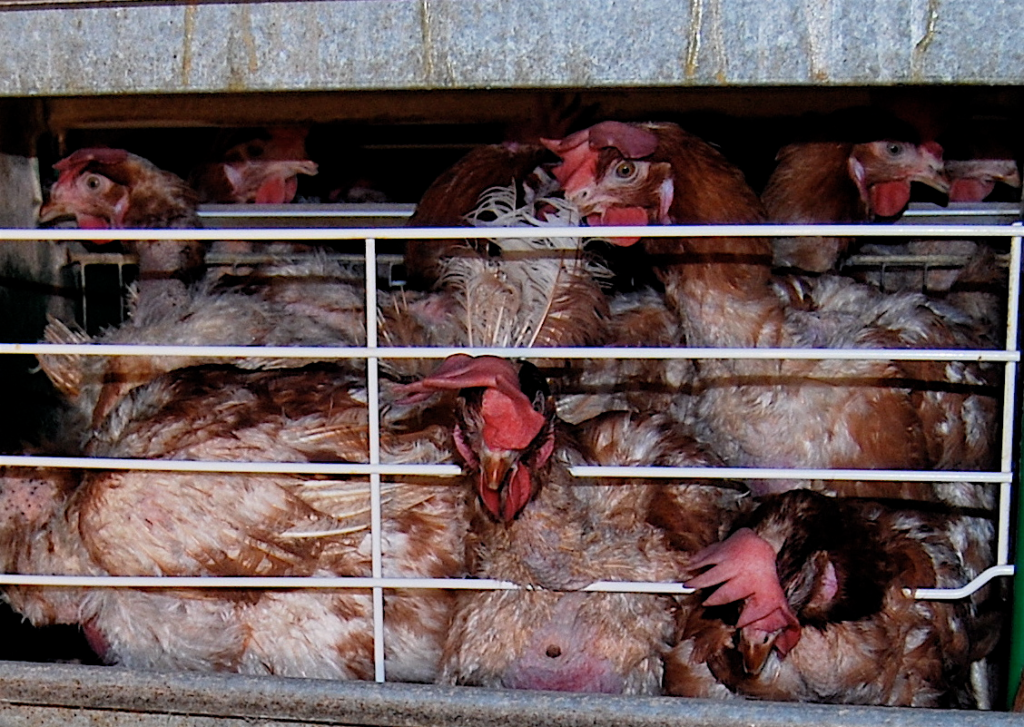
After two years, when they are no longer profitable to the industry, the chickens are sent to the slaughterhouse. They’re then gassed, electrocuted, hung from a conveyor belt for their throats to be slit, ground up alive, or get their necks broken. Can you imagine a conveyor belt with thousands of humans, being hung from their feet, getting their throats slit one by one?
Did you know there are egg-free versions of ALL your favorite foods? (Yes, even omelets!)
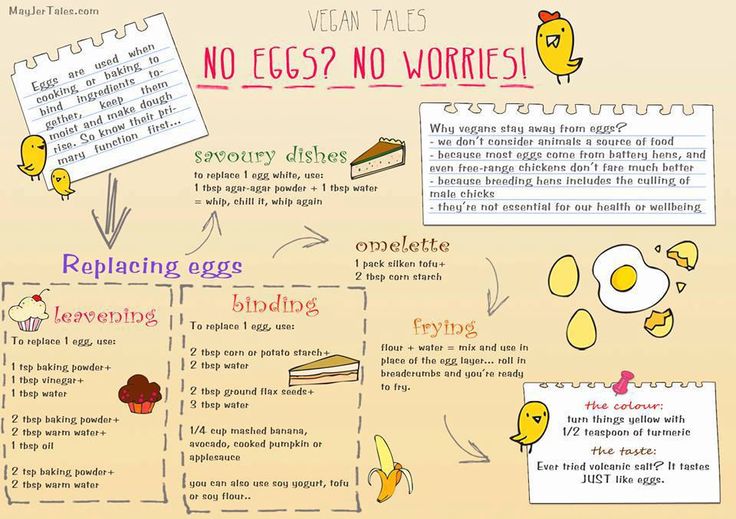
Dairy
It’s actually kind of astounding how many people don’t realize that mammals must first be pregnant in order to lactate. Because of this, the dairy industry will inseminate, or impregnate, a calf when they’re 12 months old. Factories will do this routine process over and over again so that the cows keep producing milk. They do this by collecting the semen from a bull either by hand, or a electrical ejaculator (basically a giant dildo for cows).
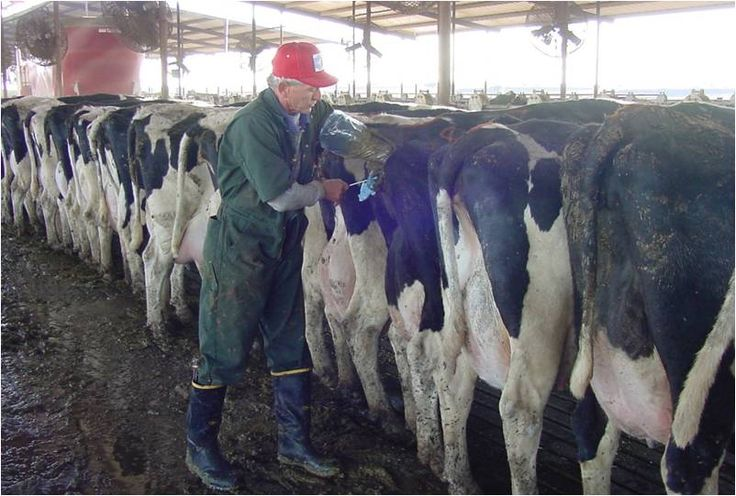
Then that semen is injected into the female cows on what the industry calls, a “rape rack”. When the baby calf is born, it’s immediately taken away from it’s mother because if it stays will it’s mom, it would drink it’s milk (which is what they’re supposed to do), and that would mean the factory makes less money. But doesn’t this sound unnatural to you? Did mother nature intend on creating giant rape factories so humans can steal milk from mothers? No. Humans are the only species on this planet that drinks the milk of another animal. Humans don’t even need cow milk! There is a reason we stop drinking our own mother’s milk after a year, and it’s because you no longer need it. Cows make milk for their babies, and their babies alone.
The relationship between a mother cow and her baby is not much different from that of a human’s. It’s a bond like no other — strong and affectionate. Mothers often cry for days in search for their babies, and fall into deep depressions.
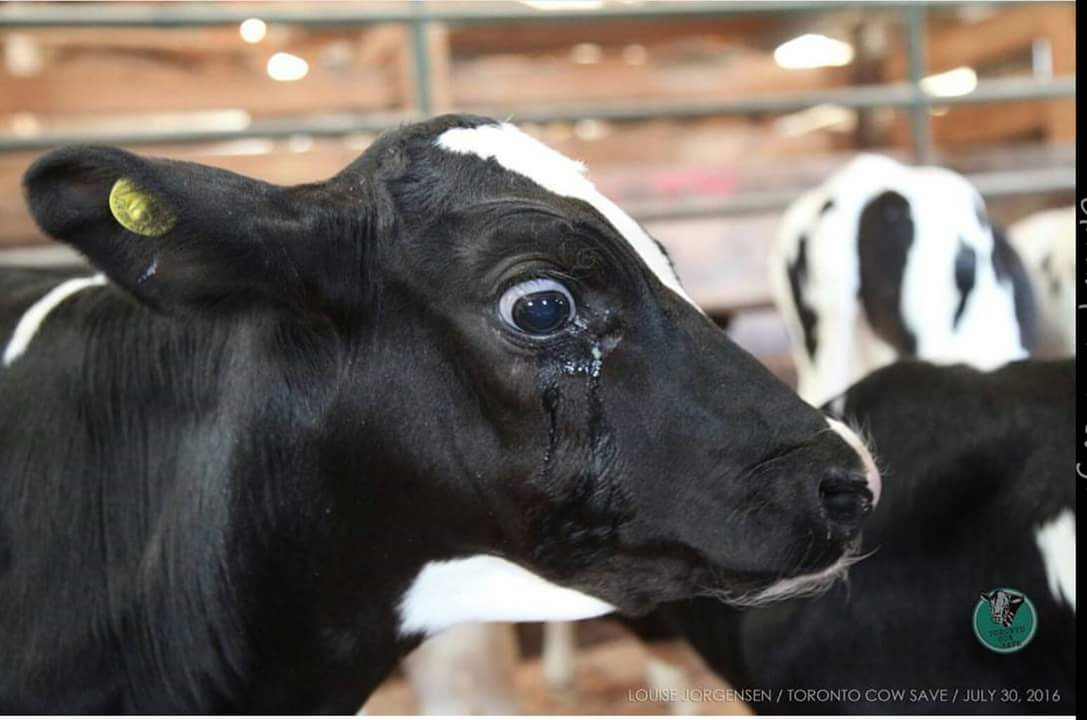
If the baby is a boy, they’re immediately taken to get their throats slit to sell for veal. If it’s a girl, she’s taken to be raised as a milk machine, just like her mother. Female cows are continuously kept pregnant their whole lives so they never stop lactating. This leads to premature aging, mastitis (A deadly disease), exhaustion, not to mention the pus and blood that gets sucked into the milk as well. Because of the excess blood and pus, factories will filter the milk, but it can’t get it all. In Canada, European Union, Australia, New Zealand and Switzerland, the somatic cell count shall be not more than 400,000 cells per milliliter, it is 750,000 in the USA and 1,000,000 in Brazil. Keep in mind, somatic cells are literally the same pus that you get when you have a huge zit.
When a cow is too exhausted to continue on, they collapse. These cows are called “downers” by the industry. Their bodies are dragged out and they are killed and sold for consumption. When people say that consuming milk isn’t killing the cow, it definitely is. The natural lifespan for a cow is 20-25 years, but within the dairy industry, they’re killed after 4 or 5 because of how weak they’ve become. You see, the dairy industry is the meat industry. Practically every cow that’s used to produce milk is killed and sold as food. 90% of the hamburger patties sold in this country come from the dairy industry. So if you’re vegetarian, this is something to consider.
And if you’re consuming dairy products for the “health” benefits, it’s been well documented that those who consume the most dairy actually also have the most cases of osteoporosis and bone fractures. Ironic isn’t it? Now that it’s 2017, there has never been a better time to quit dairy because of how many amazing substitutes there are. There are countless ways to get protein and calcium, without the cruelty. If you still want to incorporate some kind of milk in your life like I do, there is soy milk, almond milk, rice milk, coconut milk, cashew milk, hemp milk, and more. I guarantee you’ll like at least one of them. There are also a lot of vegan cheese alternatives that I swear by. You can still enjoy your cream cheese bagels, pizza, pasta, and more. Remember, when going veg, you’re not giving anything up. And if I can do it, you can too.
If you’d like to see for yourself just what the government is trying to hide, click here.
Did you know? USDA-managed programs spend $550 million every year to convince Americans that cow milk is good for you! Dairy lobbyists have been trying desperately for over a decade to increase the public’s consumption of milk, but every health claim they’ve made have been disproven. Anyone wanna say… got propaganda?
